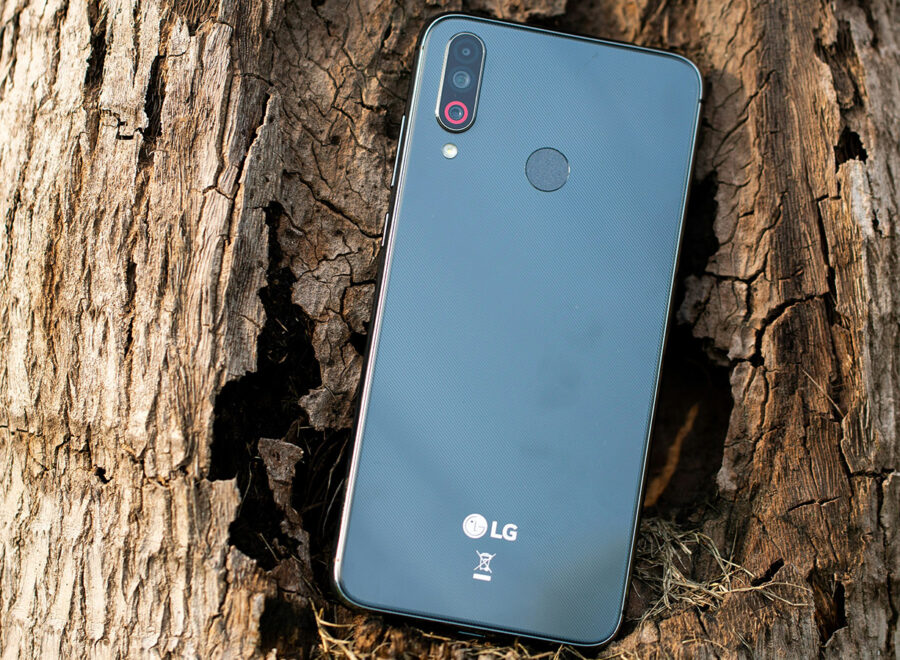Strategy isn’t a choice between now and next. The most effective moves solve for both. Here’s how the smartest companies have used the present pressure to create future edge.
Most strategy leaders are being asked to do two things at once: deliver results now, and prepare the company for what’s next. But those two timelines often move on separate tracks. Execution gets focused on immediate performance: quarterly targets, product launches, new campaigns. Meanwhile, future bets stay off to the side, disconnected from the core business and under constant pressure to prove relevance.
The result is a slow drift. Short-term decisions shape the company’s direction without intention. Long-term initiatives struggle to scale. And eventually, companies end up in a future they never meant to choose.
It doesn’t have to work that way. The most effective strategies don’t balance timelines. They use today’s pressure to shape tomorrow’s advantage.
I spoke with a Chief Strategy Officer who was facing this exact tension. Her team had developed a plan to monetize customer data. On paper, it was a strong play: new revenue, high margins, executive enthusiasm. But when she looked two or three years out, the risks became harder to ignore. Regulation was shifting. Trust was fragile. Platform dependencies were growing. The real question wasn’t whether to move forward. It was how to design a version that delivered value now without locking the company into a model they wouldn’t want to defend later.
This is the challenge facing every company under pressure. Many respond by solving the problem in front of them. They rework pricing. Launch campaigns. Enter new markets. These moves can help, but they rarely build anything that lasts. Others place long-term bets that never scale. Future labs. Pilots. Innovation outposts. Often smart, but too disconnected to matter.
The best moves do something different. They address a real business need in the short term while laying the groundwork for future advantage. Not as a hedge. Not as a side bet. As a core strategic decision that advances both timelines at once.
Delta Air Lines understood this. When Delta wanted to compete on customer experience, it could have dropped prices or added loyalty perks. Instead, it offered free in-flight Wi-Fi. It looked like a customer benefit, but it was a strategic move. To connect, passengers had to log into their SkyMiles account or create one. That small friction point was intentional. It allowed Delta to grow its loyalty base while capturing first-party data on individual travel behaviors. That data now powers personalization, fuels partnerships with brands like Paramount+, and helps Delta shape new revenue models. Wi-Fi was the offering. The real move was data, reach, and future advantage.
That same logic shaped how Visa and Microsoft approached their infrastructure. Visa could have responded to the rise of fintech by defending its network. Instead, it opened it. By launching developer APIs, Visa made it easier for others to build on its rails. The move helped maintain relevance with emerging players while keeping Visa embedded at the center. In 2022, the company described itself not as a credit card company, but as a network working for everyone. That was not just messaging. It was a shift in posture.
Microsoft was in a similar, although much deeper, bind. It was falling behind in cloud. Amazon and Google had taken the lead. Azure was the obvious answer, but Satya Nadella wasn’t just trying to catch up. He wanted to re-anchor Microsoft’s role in the digital economy. “We’re building Azure as the world’s computer,” he said. This was more than cloud infrastructure. It became the foundation for AI, enterprise software, and future developer ecosystems. That investment now powers Microsoft’s Copilot strategy and its partnership with OpenAI. Market share was the short-term gain. Strategic control was the long-term play.
Other companies didn’t build new platforms. They reimagined what they already had. CVS had a footprint problem. Retail traffic was declining. Stores were underused. The company could have leased out space or doubled down on merchandising. Instead, it turned underused square footage into MinuteClinics. That move increased foot traffic and made better use of space. But more importantly, it gave CVS a toehold in healthcare delivery and helped the company build fluency in a clinical, regulated environment. That experience made later moves like acquiring Aetna strategically coherent. The store became a stage for a new business model.
Walmart faced a logistics problem. Inventory wasn’t moving efficiently. Shrinkage was rising. The company could have tackled it with new policies or point solutions. Instead, it invested in RFID. That improved accuracy and performance almost immediately. But it also gave Walmart real-time visibility across its supply chain. That visibility became the foundation of its omnichannel strategy. The same system that reduced product loss became the engine that let Walmart compete with Amazon on fulfillment.
Caterpillar was facing a margin squeeze and a reliability gap. Rather than cut service costs or push for volume, it invested in real-time diagnostics and monitoring. The change improved uptime and performance for customers. And it opened the door to something bigger. Caterpillar used that capability to launch equipment-as-a-service, turning capital purchases into ongoing relationships. The same tech that reduced downtime became the platform for recurring revenue.
In each of these examples, what started as a short-term fix became a long-term strategic asset. These companies didn’t just improve operations or add new offerings. They redefined the roles they could play in their ecosystems.
Visa’s APIs helped it move from a transaction layer to embedded infrastructure. Microsoft shifted from a software provider to a platform for development, AI, and the future of work. CVS evolved from a retailer into a healthcare provider. Universal Music Group may be the clearest example. Rather than just protect its catalog in the age of streaming, it leaned into the creator economy. The company built platforms and partnerships to help artists produce, promote, and monetize their work, often using AI and audience analytics. CEO Lucian Grainge has said the goal is to deepen the artist-fan connection, not just distribute songs. UMG is no longer just a gatekeeper. It is becoming the connective tissue between creativity and audience. That redefinition didn’t happen all at once. But it began with choices that prioritized future position over present protection.
Of course, none of these moves happen in a vacuum. Designing for tomorrow requires more than operational creativity. It requires a clear point of view about where the world is heading. Not a prediction, but a perspective. The companies that pulled it off weren’t guessing. They were making informed bets on how their industries, customers, and business models were likely to evolve.
Not every move can win today and reshape tomorrow. But more of them could, if they were designed with the future in mind.
So, look again at your roadmap. Ask what each initiative is solving. Then ask what it is setting up. What capabilities it builds. What roles it earns the right to play.
The future isn’t something you wait for. It is something you design, one move at a time.

 Michelle Loret de Mola
Michelle Loret de Mola


